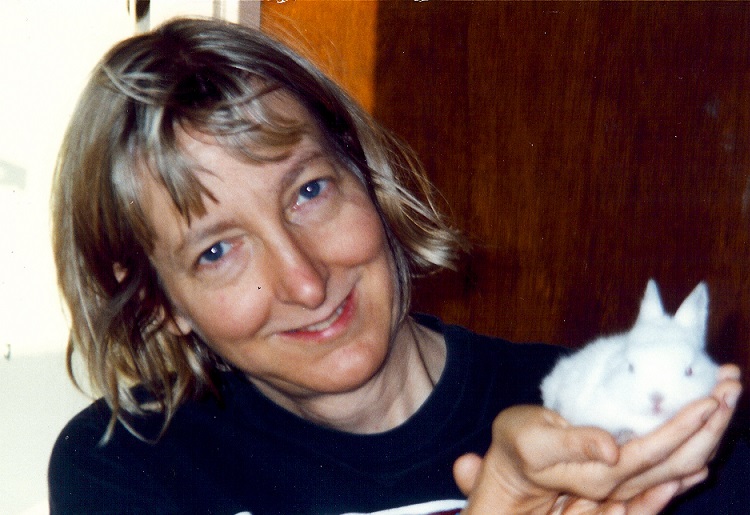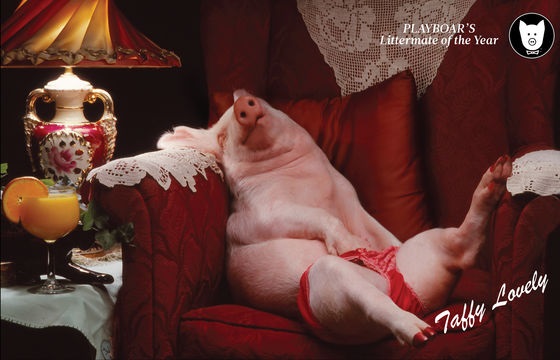Starve the Patriarchy! | Speciesism and The Sexual Politics of Meat
With veganism gaining rapid momentum in the western academic and philosophical spheres, it becomes relevant to discuss various intersectional concepts that have arisen in its context. In her ground-breaking work The Sexual Politics of Meat, Carol J. Adams explicitly addresses the interconnectedness of various levels of subjugation – racism, sexism, classism – and a relatively niche term to address the hierarchical divide between humans and non-humans – speciesism. Writing in the original edition’s preface, Adams introduces how the practice of meat-eating is inherently connected to male dominance, and how animal oppression is linked to women oppression. Throughout her work, she proves that cultural indoctrination of traditional gender stereotypes is connected to socio-cultural contexts where dietary practices take centre-stage.
The aforementioned can be traced back to early times whereby gender roles and practices were defined by domestic duties. While the men were primarily involved in hunting animals, women were responsible for maintaining order in households. Although it is evident that physical characteristics may have resulted in such a division of duties, said divide may have subsequently given rise to many toxic patriarchal beliefs.
Further in her work, Adams states how meat was always associated with power in European aristocracy. While meat was an indicator of social power and privilege, it proclaimed patriarchal distinctions as well. Women, much like labourers were more likely to consume a diet which was rich in fruit, vegetables and grains, as opposed to men who consumed a meat-intensive diet. The concept of asserting power and killing through hunting and conquering is thus prevalent in various discourses where masculinity is applauded.

Joseph Campbell explores how patriarchal values are expressed through the normalisation of animals’ deaths in common practices, whereby “killed and slaughtered, it yields to people its flesh to become our substance, teeth to become our ornaments, hides for clothing and tents and bones for tools”. In contrast, according to Campbell, the plant world presents an imagery that is nurturing, yielding and abundant. It is through this that we may draw an association between carnivorous animals and male behaviour. Through metaphorical images based on killing animals, we derive politically appropriated terms of usurping, absorption, control and domination. It is also significant that conventionally, non-consumption of meat by men is often associated with subordinated masculinity wherein they are considered “lesser” male and often dismissed as effeminate.
The idea that meat is an essentially masculine enterprise is appropriated widely in media. For instance, the Carl Jr’s 2015 ad commercial presents a buxom Charlotte McKinney sauntering down a farmer’s market in a bikini top and booty shorts. The camera zooms in on her face and ample cleavage as she seductively bites into a burger while saying: “Nothing between me and my 100 per cent all natural, juicy, grass-fed beef”. McKinney’s body in the advertisement is constantly associated with fruit and vegetables while juicy tomatoes emulate her buttocks and large melons stand in for her breasts. However, as men in the advertisement ogle her, it becomes apparent how meat in the advertisement itself is tailored for a heterosexual male audience with its blatantly sexual imagery.
The objectification of the female form has been present in popular culture for generations where even non-human animals have been subject to overtly sexualised, perverse representations. Adams quotes an example of an image titled “Ursula Hamdress” in a publication called Playboar: The Pig Farmer’s Playboy. The image depicts a sow in a seemingly sultry position on a couch, with her hindlegs apart and hooves pointed towards her genitals. The graphic, pornographic imagery here is suggestive of Ursula “inviting” people to eat or have sex with her.
Such grotesque images not only feed into the patriarchal notion of a woman’s personhood being reduced to sexual objectification, but is also an indication of how female animals are often used to covertly convey these ideas. Women often become absent references in such images, while conversely animals become absent references in common parlance when a sexually attractive woman is associated with a succulent piece of meat.
Significant is also the fact that in commercial dairy farms or hatcheries, female animals are exploited owing to their reproductive functions. Cows are artificially impregnated in what is commonly known as a “rape-rack”. That the word “rape” is strategically employed to describe the facility in which cows are abused is noteworthy in terms of how it is indicative of sexual violence that is meted out towards women. While male calves are killed instantly, females are kept alive in notoriously dismal conditions due to their procreative abilities. Similarly, in hatcheries, male chicks are ground up alive while the females’ reproductive systems are exploited to produce as many eggs as possible.

Besides the above interstices that indicate the link between sexism and speciesism, there are ample examples of how speciesist slurs in daily language reiterate the connection. As mentioned previously in the article, masculine behaviour is often compared to carnivorous behaviour. It is worth observing how royalty, nobility and bravery are often associated with carnivores such as lions or eagles – and are almost always used to denote worthy “masculine” traits.
However, oftentimes disparaging comparisons to mostly farm animals are associated with women. For instance, a young woman is often referred to as a “chick” before she reaches a stage in her life where she becomes “a mother hen” or “an old cow”. Similarly, the highly speciesist term “bitch” originated in the fifteenth century wherein a woman who was perceived to behave in a manner that was denounced by a deeply patriarchal society was compared to a female dog in heat during the mating season. While the connotations of these terms may not be apparent, it does stem from some deeply ingrained and internalised notions that animal rights activism seeks to address.
Conventional animal rights activism draws attention to the horrors of commercial animal farms. While this is of utmost importance, it is also essential to ensure that intersectional practices are adhered to owing to how multiple levels of oppression are inextricably linked. In terms of animal rights activism itself, vegetarian ecofeminism is definitely the need of the hour. It stands in contrast to rights-based activism which actively seeks to distance emotional attachment from the movement, vegetarian ecofeminism seeks to connect sentiments such as empathy and compassion to the movement on a deeper level, thereby bringing it closer to home on a personal level.
